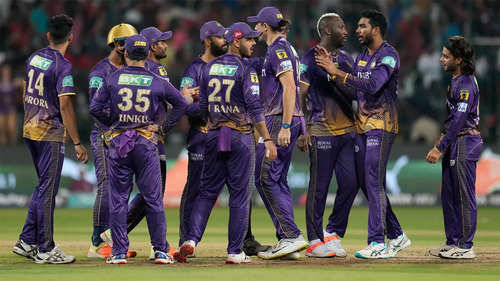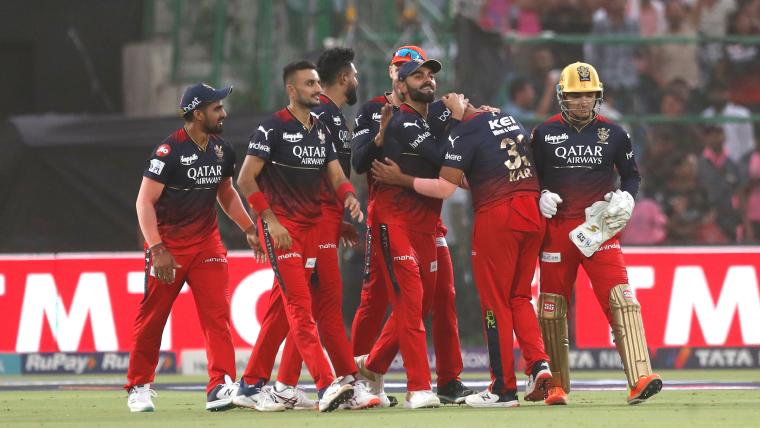In the midst of a gripping series between India and England, the cricketing world’s attention has turned not only to the battles on the field but also to the management of player workload. The recent decision to release Jasprit Bumrah, India’s pace spearhead, from the squad for the fourth Test in Ranchi has ignited discussions about the balance between performance and player welfare.
Bumrah’s release comes after three consecutive matches, reflecting a strategic move by the Indian team management to prioritize his physical and mental well-being. This decision underscores a broader trend in cricket towards proactive workload management, a concept that has stirred debate and divided opinions among fans and cricketing legends alike. The debate around workload management intensified with the exclusion of Mohammed Siraj from the second Test in Visakhapatnam, despite the team’s trailing position in the series. Critics questioned the logic behind resting a player who had bowled a mere 11 overs in the preceding match. Siraj’s subsequent participation in intense net sessions further fueled the controversy, raising doubts about the consistency and clarity of the team’s selection and resting policies.
)
Workload management has become a central tenet of modern cricket, challenging traditional notions of player availability and team selection. The meticulous monitoring of players’ physical condition and performance metrics has ushered in a new era of strategic planning, where rest periods are as crucial as training sessions and match days.
In the case of Bumrah, his exceptional performance in the series, coupled with considerations for the grueling schedule and the importance of player recovery, led to the decision to grant him a reprieve from the Ranchi Test. His absence presents an opportunity for other players to step up and contribute to the team’s success, underscoring the depth and resilience of Indian cricket.
As cricket continues to evolve, so too must its approach to player management and performance optimization. The delicate balance between pushing players to their limits and safeguarding their long-term health and fitness remains a constant challenge for teams and governing bodies worldwide.In the end, the decision to rest Bumrah serves as a reminder of the complexities inherent in modern cricket, where the pursuit of victory must be tempered with a deep commitment to the well-being and longevity of its greatest assets – the players.



